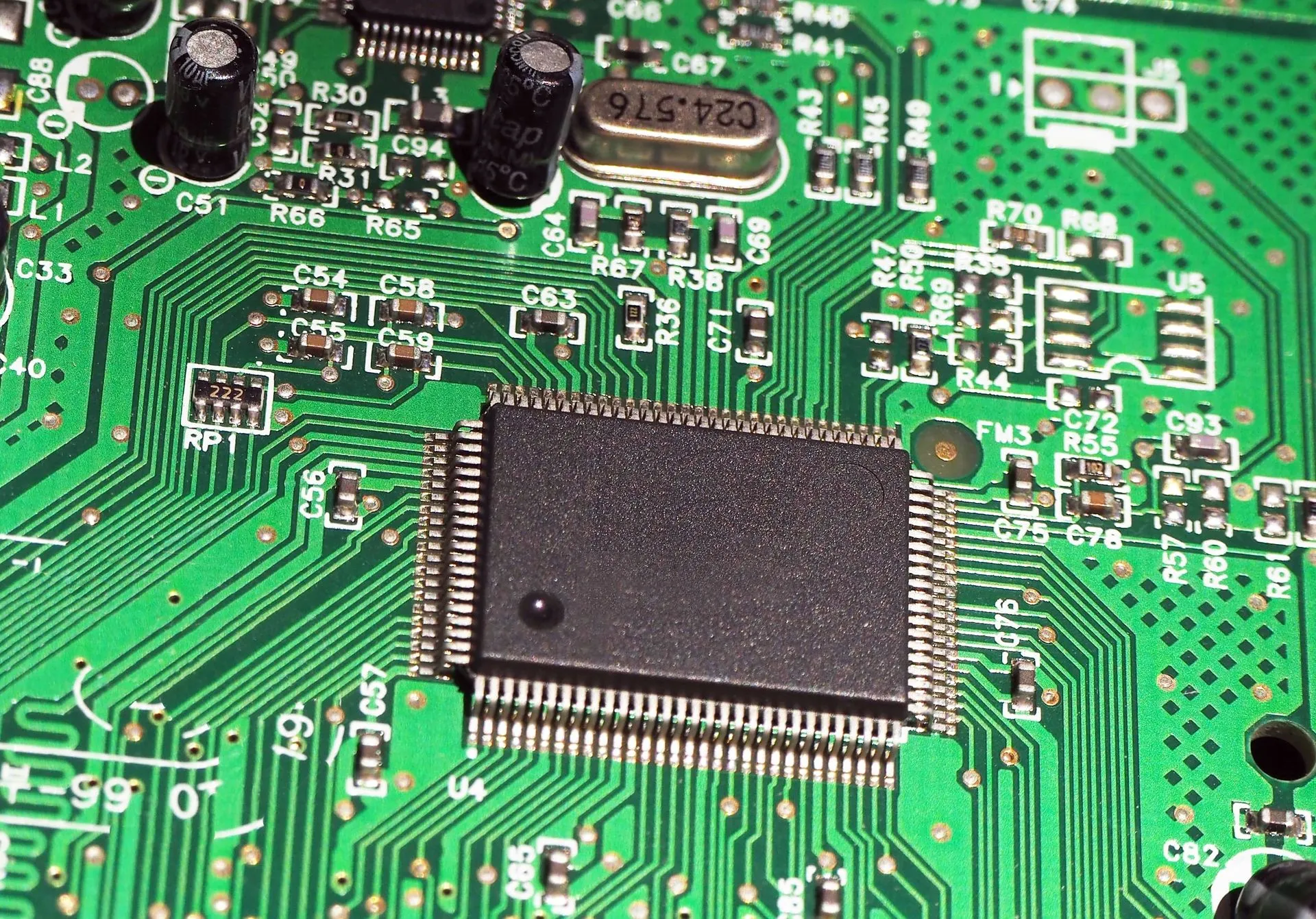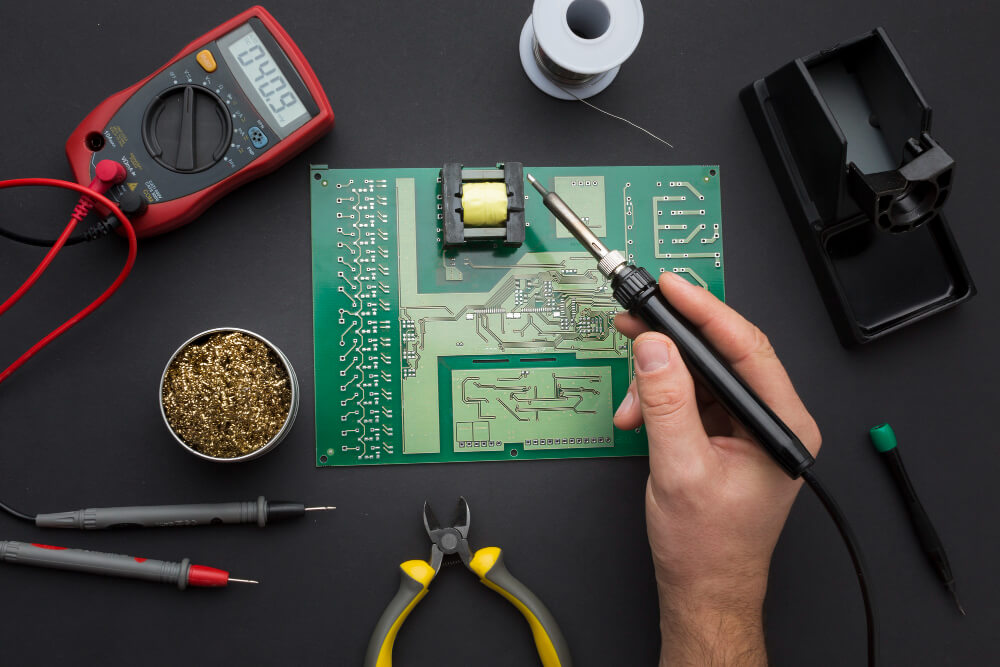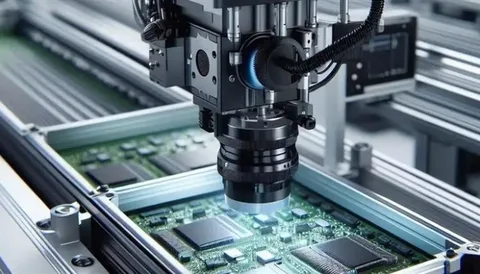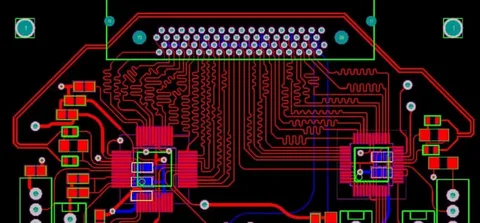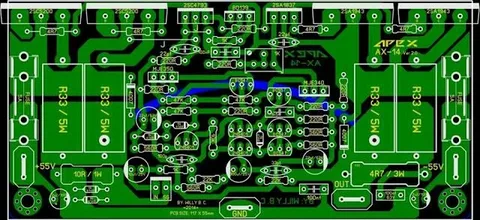In a rapidly evolving global manufacturing landscape, many companies are rethinking their strategies around Printed Circuit Board (PCB) assembly. While offshore production has long been the go-to model for cost savings, growing concerns around supply chain disruptions, intellectual property security, and quality control have given rise to a compelling alternative: Onshoring PCB Assembly.
By moving PCB production closer to home—often within the same country or region—businesses are unlocking new opportunities for improved efficiency, faster turnaround times, and tighter control over the manufacturing process. But successfully making the shift requires more than just a change of location; it takes smart planning, the right partnerships, and a strategic mindset.
In this guide, we’ll share the top 7 tips for Onshoring PCB Assembly to help your business stay competitive, agile, and resilient in today’s high-tech marketplace.
Understand the Real Benefits of Onshoring
Before diving into the logistics, it’s essential to grasp why Onshoring PCB Assembly is becoming a preferred option. Some of the key benefits include:
- Improved quality control: You can visit local facilities, inspect processes firsthand, and address issues in real time.
- Faster time to market: Shorter shipping times and direct communication speed up project timelines.
- Stronger IP protection: Keeping production domestic lowers the risk of intellectual property theft.
- Supply chain resilience: Local sourcing minimizes reliance on volatile global logistics.
Many U.S.-based companies, for instance, have turned to domestic PCB manufacturing not only to reduce risks but to meet customer demands more quickly. These competitive advantages make a strong business case for Onshoring PCB Assembly.
Evaluate Your Total Cost of Ownership (TCO)
While offshore manufacturing may offer lower unit prices, the total cost of ownership often tells a different story. When calculating the true cost of outsourcing overseas, consider:
- Freight and customs fees
- Communication challenges due to time zones
- Hidden rework and defect costs
- Long lead times impacting delivery
- Tariffs and trade regulations
By contrast, Onshoring PCB Assembly may result in a higher upfront cost per board but offer savings through fewer delays, reduced shipping costs, and improved product quality.
Conduct a comprehensive TCO analysis to see how shifting your PCB assembly back home could lead to greater long-term value.
Choose the Right Local Manufacturing Partner
Selecting the right domestic PCB assembly provider is a crucial step in successful onshoring. Look for partners with:
- A proven track record in electronics manufacturing
- Certifications like ISO 9001 and IPC standards
- Scalable capabilities to match your production volume
- Transparent communication and responsive support
Schedule site visits whenever possible to evaluate their processes, equipment, and culture. A reliable local partner not only ensures quality but can collaborate more closely on design changes, prototyping, and fast iterations.
Remember, the success of Onshoring PCB Assembly depends heavily on who you trust to build your products.
Invest in Design for Manufacturability (DFM)
One common mistake businesses make during the onshoring transition is underestimating the importance of Design for Manufacturability (DFM). By working closely with your assembly partner during the design phase, you can optimize your PCB layout for local production capabilities and reduce costly revisions.
Some DFM best practices include:
- Simplifying component placements
- Standardizing parts and materials
- Reducing complex routing that slows production
- Ensuring proper spacing and solder mask clearances
Collaborative DFM processes ensure your onshored PCB assemblies are not only high-quality but also efficient to produce at scale. It’s a vital way to leverage the full benefits of a domestic supply chain.
Strengthen Your Local Supply Chain
A major advantage of Onshoring PCB Assembly is the opportunity to build a more agile and dependable local supply chain. Unlike overseas suppliers, domestic vendors offer:

- Faster response times
- Lower risk of geopolitical disruptions
- Easier logistics and warehousing coordination
- More flexibility in small-batch and prototype runs
To maximize these advantages, cultivate strong relationships with local component distributors, logistics providers, and test labs. A well-integrated domestic supply chain improves your speed to market and enhances overall operational control.
Consider consolidating vendors where possible to streamline processes and reduce lead times.
Prioritize Quality and Compliance
Product quality and regulatory compliance are non-negotiable in modern electronics production. Onshoring PCB Assembly provides a strategic edge here, as U.S.-based manufacturers typically adhere to stricter industry standards.
To ensure your product meets expectations:
- Work with partners who follow IPC-A-610 or J-STD-001 standards
- Perform regular audits and inspections
- Implement robust testing protocols, such as AOI and functional tests
- Document all quality control processes for traceability
By keeping production close, you can monitor quality assurance more easily, respond to issues quickly, and maintain the high standards your customers expect.
Future-Proof Your Manufacturing Strategy
The global electronics market is unpredictable. From pandemics to political tensions and resource shortages, relying solely on offshore manufacturing can put your business at risk. Onshoring PCB Assembly is not just about cutting costs or solving current pain points—it’s about creating a more resilient, future-ready production model.
Prepare your organization by:
- Creating contingency plans for supply interruptions
- Exploring automation in domestic facilities to improve efficiency
- Training internal teams on local compliance standards
- Leveraging digital tools for real-time production tracking
With a proactive strategy, you can adapt faster to market changes, maintain continuity, and better serve your end customers.
Final Thoughts:
The push toward Onshoring PCB Assembly isn’t just a trend—it’s a shift in how forward-thinking companies are building smarter, stronger supply chains. From improved quality and communication to shorter lead times and lower risk, onshoring offers tangible advantages that can set your business apart.

